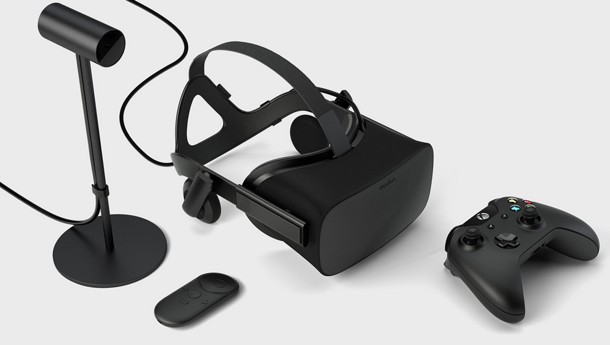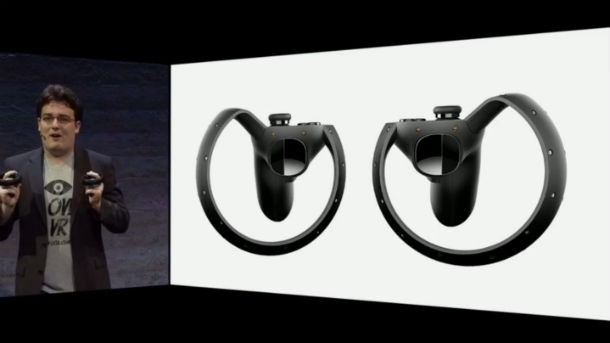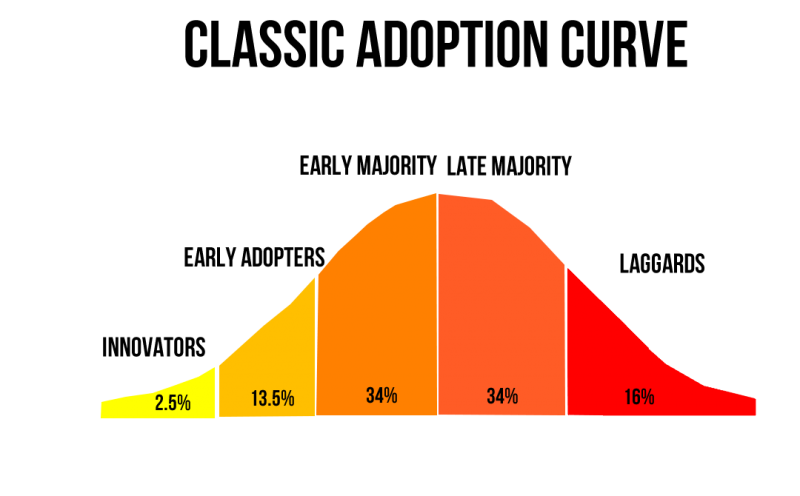Analysis – No, Virtual Reality Isn’t Dead Because The Rift Costs $600

This morning, Oculus finally revealed the price for the first consumer Rift. The virtual reality headset will cost you $600, including an Xbox One controller and wireless adapter, wireless remote, and tracking camera. As expected, reactions to the cost have been emphatic.
Some have gone so far as to call the price a signal that virtual reality is doomed. To those people, I suggest a history lesson.
While virtual reality is a new medium and can’t be directly aligned with iterative technologies, we can look to pricing and adoption trends as a touchstone. High-definition television and PC pricing can give us an idea of what to expect in terms of adoption.

Reflecting On Common Technology’s Evolution
At CES in 2004, Forbes’ Eric Taub wrote about what consumers could expect from Samsung at the show. “When Samsung’s new sets reach retailers in the second half of 2004, they will be beyond the financial reach of all but a handful of video enthusiasts,” Taub wrote. “The price for the plasma TV is expected to be set at about $70,000, far above the $20,000 Samsung charges for its former champion, a 63-inch model. For the 57-inch LCD display, expect to pay close to $30,000.”
That year saw limitations broken, as plasma televisions grew to 80 inches. LCD displays finally crossed the 50-inch mark with a 57-inch model introduced. You could certainly buy smaller sets for less money ($2,000 to $3,000, depending on what type of display, with digital light-projection sets trending lowest), with prices falling off after that.
In the intervening years, prices began to fall rapidly. Manufacturers refined their processes and, most importantly, we started to see television networks begin broadcasting in high definition. This prompted a surge in purchasing, just as the introduction of color to the airwaves inspired uptake of sets that supported it.
As for personal computers, a New York Times report from 2005 includes a telling passage about pricing. “Michael Farello, Dell's vice president for United States consumer electronics, said he was recently looking at Dell ads from the mid-1990s comparing its $3,500 PC's with other makers' units at $6,000,” the Times report indicated. ‘This isn't the first time this has happened,’ he said.”
As we can point out with cell phones, wearables, MP3 players, and other technology innovations, it wasn’t the last time it happened either. We’ll see it with virtual reality, also.

Like Other New Technology, VR Has Room To Improve
Not only will we see improvements to form factor and portability, but also to how the displays economize the power of the connected PCs. It's those more expensive components – the graphics cards, the processors, and the memory – that really drive up the cost of virtual reality.
You’ll be able to purchase a PC and Rift bundle for $1,500. That’s not an inexpensive proposition for console gamers and anyone else that needs to purchase, especially since the minimum spec might not have a great deal of longevity before an upgrade is required (especially if you want to upgrade to a Rift 2 in a few years).
I’ve been contemplating building my own system. My philosophy is to get as much life out of the system before regularly bumping down visual settings prompts me upgrade. I’m looking at $2,100, not including a monitor (I’ll connect to my big screen HDTV) and input peripherals (I have keyboards and mice already). If you’re curious, here’s what I’m thinking about.
I expect this will last me four years (five if I’m lucky) before I start thinking about an upgrade. But it does also mean that a brand-new PC with a Rift is going to cost me $2,700. Sure, I’m paying for longevity with the PC, but that price tag is hefty (even with the Rift being sold below what it costs Oculus to produce and deliver it).
But here’s what’s going to happen. Prices are going to come down. The minimum spec will stay the same for a while, but it will drop in price. The next Rift release will be in a more competitive market, and the price will likely come down to reflect it as manufacturing runs increase to reflect growing adoption. Larger orders of components will drive down the per-unit price.

VR Will Follow Common Adoption Trends
This is what happens all the time. In fact, it occurs so often, academic diagrams are available to support the phenomenon. Adoption is typically split into four segments as products become more affordable and more prolific. In the case of media technology, this is also advanced as content becomes more diverse and libraries become deeper.

Image courtesy Firebelly Marketing
We’re past the innovator phase. We’ve been there since the Rift Kickstarter and were firmly planted as end-users began purchasing the Rift developer kit 2 (DK2). We’re moving into early adopter phase with the launch of the consumer technology.
We’ll likely be hovering there through the first generation of technology. HTC and Oculus will iterate first. We likely won’t see a second version of PlayStation VR until the next console cycle.
Is there still work for manufacturers and evangelists to do? Absolutely. The technology’s success is not a guarantee.
Virtual reality is an experiential technology. Just talking about it isn't enough. The hardware manufacturers need to give demonstrations to as many people as possible. Content needs to become richer and more varied, with games and other experiences that not only sell virtual reality, but prove its uniqueness.

Reaching The Majority
Jumping the gap from early adopter to early majority isn't simply a factor of time. Software manufacturers need to see revenues from their efforts, especially those that have been toiling pre-release. Broader applications, including education and virtual tourism, need to be fleshed out.
The social aspects of the medium need to be realized, and as Palmer Luckey told me when we spoke in November, no one is sure what shape that will take. 360-degree video is becoming more prevalent, but it requires its own language. The tricks used in traditional filmmaking won’t work for conveying conversations and intimate moments.
Virtual reality is just beginning, and the pricing we are seeing now reflects that. It isn’t the first medium to be priced out of range for the mass market, and it certainly won’t be the last.

Get the Game Informer Print Edition!
Explore your favorite games in premium print format, delivered to your door.
- 10 issues per year
- Only $4.80 per issue
- Full digital magazine archive access
- Since 1991









